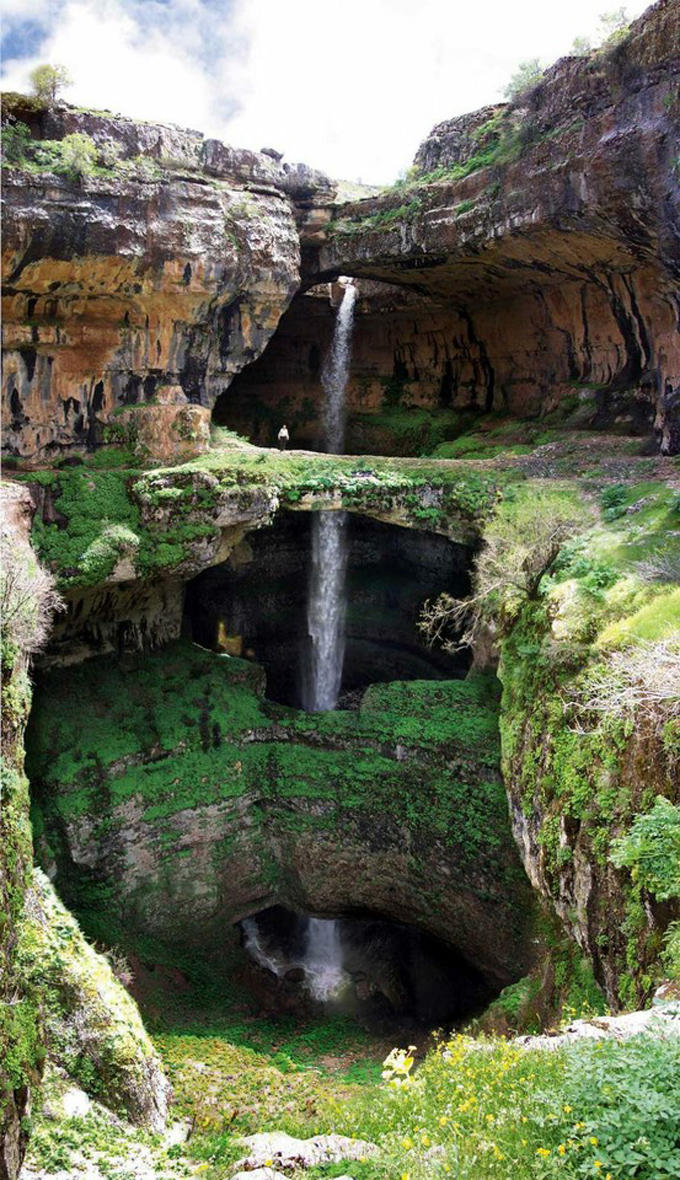#1
#2
 |
| Photo credit |
Svalbard is an archipelago in the Arctic Ocean, constituting the northernmost part of Norway. It is located about halfway between mainland Norway and the North Pole. Despite being so close to the North Pole, Svalbard remains comparatively warm, thanks to the warming effect of the Gulf Stream, which makes it habitable. In fact, Svalbard is the northernmost permanently inhabited region on the planet.
Svalbard is one of the most beautiful places on earth, nearly 60% of which is covered by magnificent glaciers and waterfalls with many outlet glaciers ending up in the sea. When snow and ice melts many of these glaciers have small beautiful waterfalls. Most of Svalbard is barren rock but during the short summer, the melting snow in the milder parts of the islands gives rise to vast stretches of tundra vegetation, sometimes dotted with delicate flowers.
Svalbard is home to seven national parks and twenty-three nature reserves that covers two-thirds of the archipelago, protecting the largely untouched, yet fragile, environment. Svalbard is a breeding ground for many seabirds, and also features polar bears, short legged reindeer, polar foxes, whales, seals and walruses. Svalbard is renowned for its variety of birds, including Arctic Terns, Arctic Fulmar and Puffins. Whales can be spotted off the coastlines particularly during late summer. Humpback whales, Orcas, Beluga Whales, and Narwhals all frequent the ocean waters near Svalbard.
 |
| Photo credit |
 |
| Photo credit |
 |
| Photo credit |
 |
| Photo credit |
 |
| Photo credit |






















































